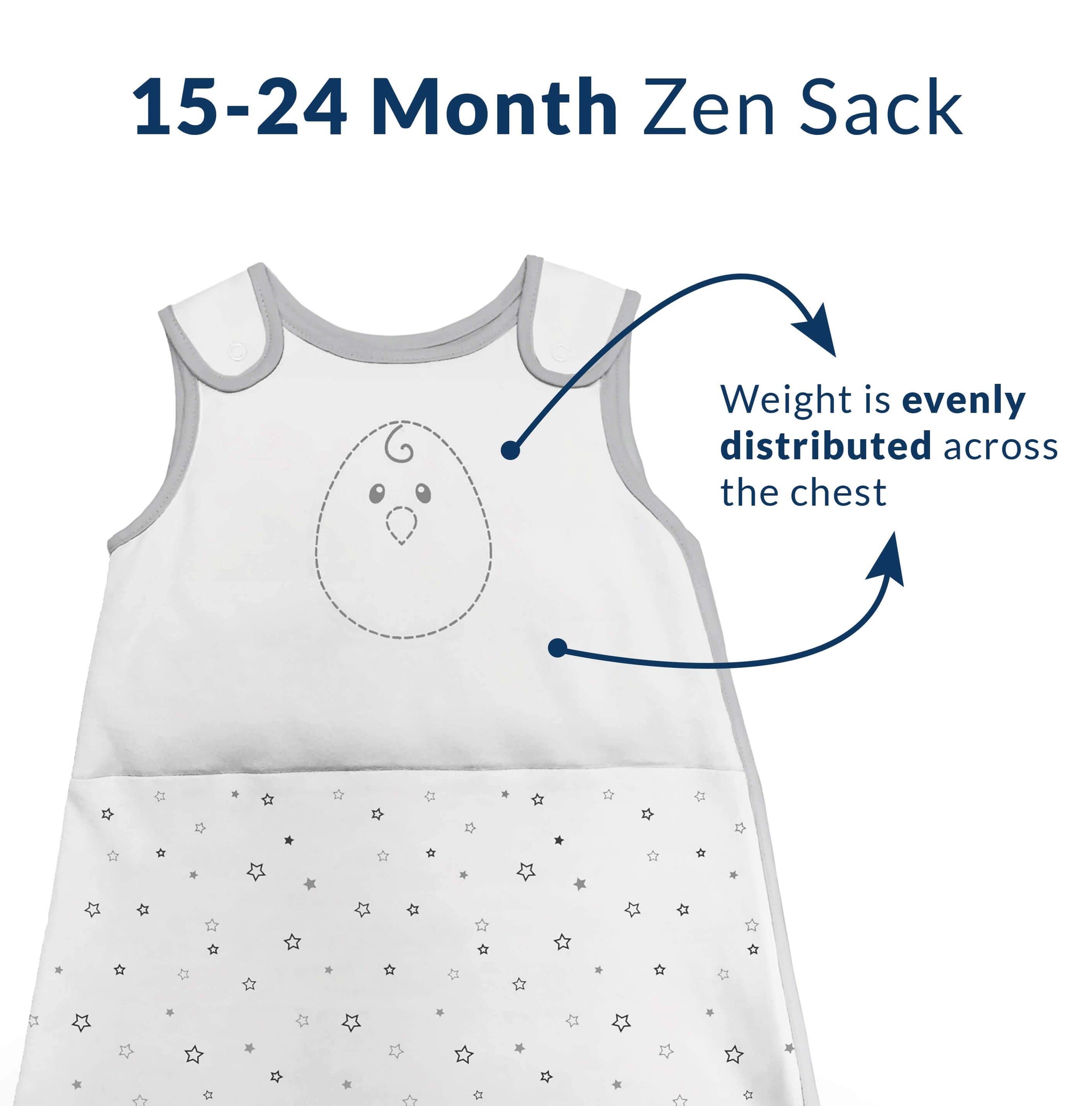
However, they did find that both kids and parents favored the weighted blanket, with parents rating their child’s sleep as better when using a weighted blanket. In addition to a diagnosis of autism, they also had severe sleep problems.Īfter a 2-week period of sleeping with different blankets, researchers discovered that the use of a weighted blanket did not help children with ASD sleep longer, fall asleep faster, or wake less often during the night. Participants ranged in age from 5 to 16 years old. However, it’s essential to note that the babies in this study were monitored in a NICU around the clock, so parents should not assume a weighted blanket is safe for home use.Īnother study looked at the effectiveness of weighted blankets for sleep in children diagnosed with autism spectrum disorder (ASD). A small study with continuously monitored neonatal intensive care unit (NICU) babies found that a weighted blanket may help those with neonatal abstinence syndrome (NAS). Weighted blankets are used with older children and in very select settings for babies.



With that in mind, parents should never put a baby to bed with a blanket, quilt, loose bedding, or other items that could cause harm. Before we take a deep dive into weighted sleep sacks, it’s important to point out that sleeping with blankets, including weighted blankets, is not safe for babies for at least the first year.Īccording to the American Academy of Pediatricians (AAP), soft objects such as quilts, blankets, or loose bedding can obstruct an infant’s nose and mouth and put them at risk of suffocation, entrapment, and strangulation.


 0 kommentar(er)
0 kommentar(er)
